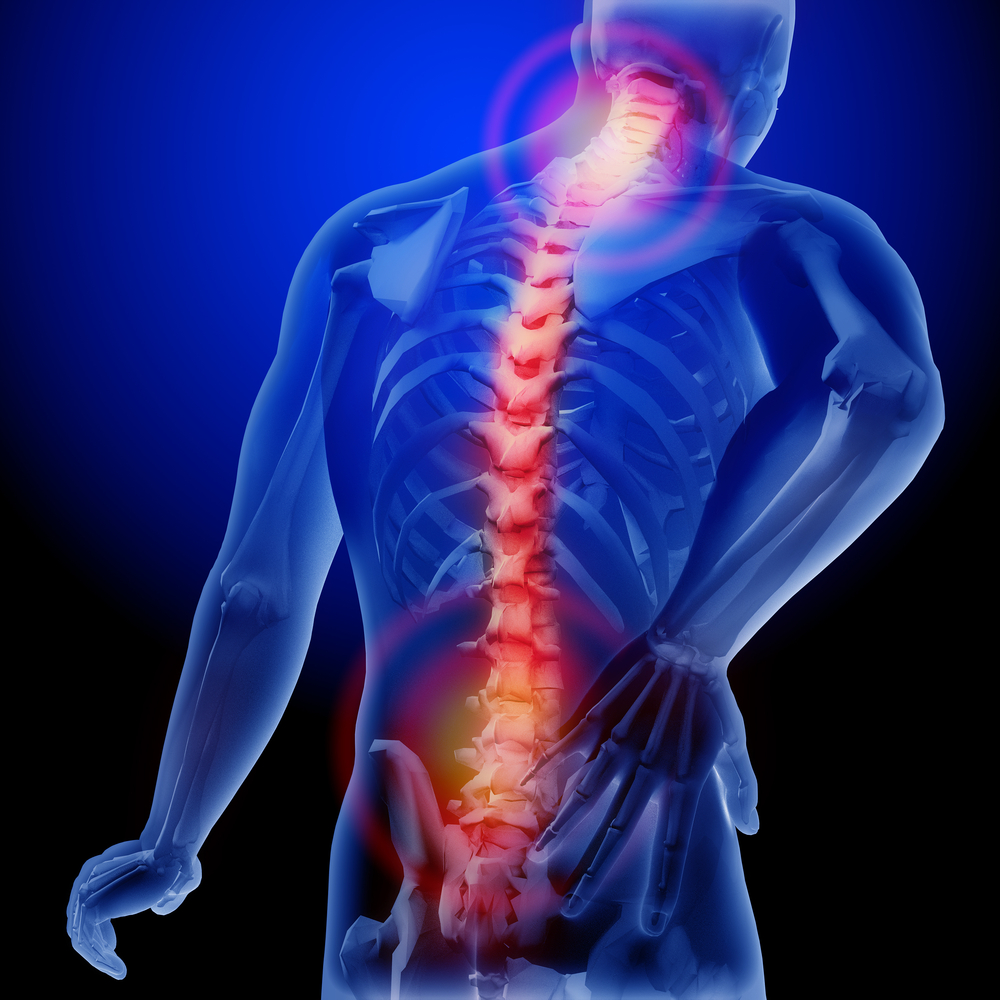Neurological Pain Syndrome
PUBLISHED ON:
April 27, 2020
Neurological Pain Syndrome: What Is It?
Neurological pain syndrome is chronic, long lasting pain that comes as a result of a glitch in the nervous system. Ultimately, the nervous system stops working properly. Typically this malfunction of the nervous system occurs due to a disease or direct damage to nerves. Neurological pain syndrome does not give the full story of a patient’s health and is not a one-and-done diagnosis. Neurological pain syndrome is a symptom of a more serious or underlying condition, both of which should be treated adequately.

Causes It?
20-40% of patients with a primary neurological disease will experience chronic pain alongside their condition. The following is a list of conditions that can result in patients experiencing chronic neurological pain…
- Injury to the spinal nerves
- Alcoholism
- Amputation of a limb causing phantom limb pain
- Shingles
- Scars
- Diabetes
- Chemotherapy
- Radiation
- AIDS
- HIV
- Herniated discs that cause spinal cord compression
- Arthritis of the spine
- Central nervous system disorders
- Parkinson’s 40%-60% of patients experience chronic pain
- Multiple Sclerosis 40%-75% of patients experience chronic pain
- Thyroid problems
- Syphilis
- Multiple Myeloma
- Facial nerve problems including Trigeminal Neuralgia
- Amyotrophic Lateral Sclerosis
- Machado-Joseph Disease
- Stroke
- Complex Regional Pain Syndrome (CRPS) read more about this condition here
Diagnosis and Treatment
In order to diagnose a patient with neurological pain, doctor’s will conduct a physical exam as well as an interview to hear about the patient’s experience. Doctor’s will ask the patient to explain their pain; how bad is the pain on a scale of 1 to 5 or 1 to 10, is the pain burning, sharp, dull, when does the pain occur, how long does it last, do a certain activity, etc trigger the pain. Doctors will also need to know if the patient has any risk factors that would make them more likely to experience nerve pain such as underlying conditions or past injuries. Lastly, blood tests may be ordered along with nerve tests, however, every case is different and this may not always be necessary.
In regards to treating neurological pain, a combination of therapies has proven to be the best approach. Chronic pain, especially when associated with neurological disease, has varied presentations and the temperament can vary from patient to patient. This makes treatment much more difficult. However, studies and research have shown that chronic pain is just as much a condition of the brain in that the brain is responsible for sending out these pain signals. Any combination of the following therapies may be used to treat Neurological pain syndrome…
- Physical therapy
- Mirror movement for patients with phantom limb pain and CRPS
- Massage therapy
- Counseling
- Acupuncture
- Relaxation therapy
- Ketamine
- Electroconvulsive therapy
- Deep brain stimulation (DBS)
- Medications such as
- N-methyl-D-asparatic acid antagonist (NMDA)
- Minocycline
- Propentofylline
- Localized delivery of medication by use of CT and MRI
Neurological pain syndrome is a broad condition that can affect each patient differently. While it can be difficult to treat, there are options to help minimize the symptoms.
PUBLISHED ON:
April 27, 2020


